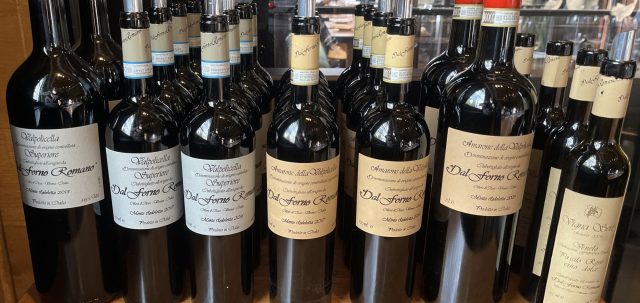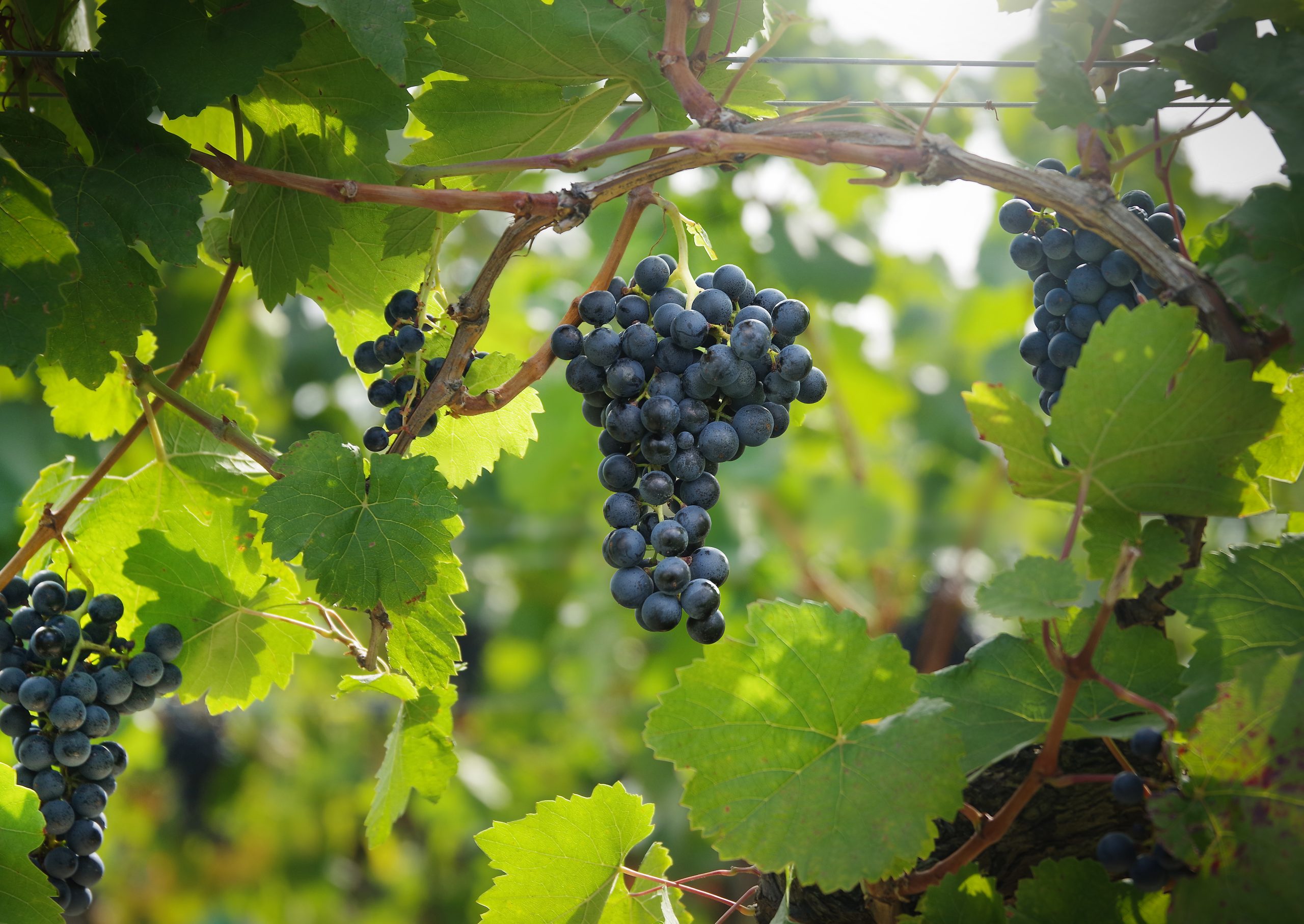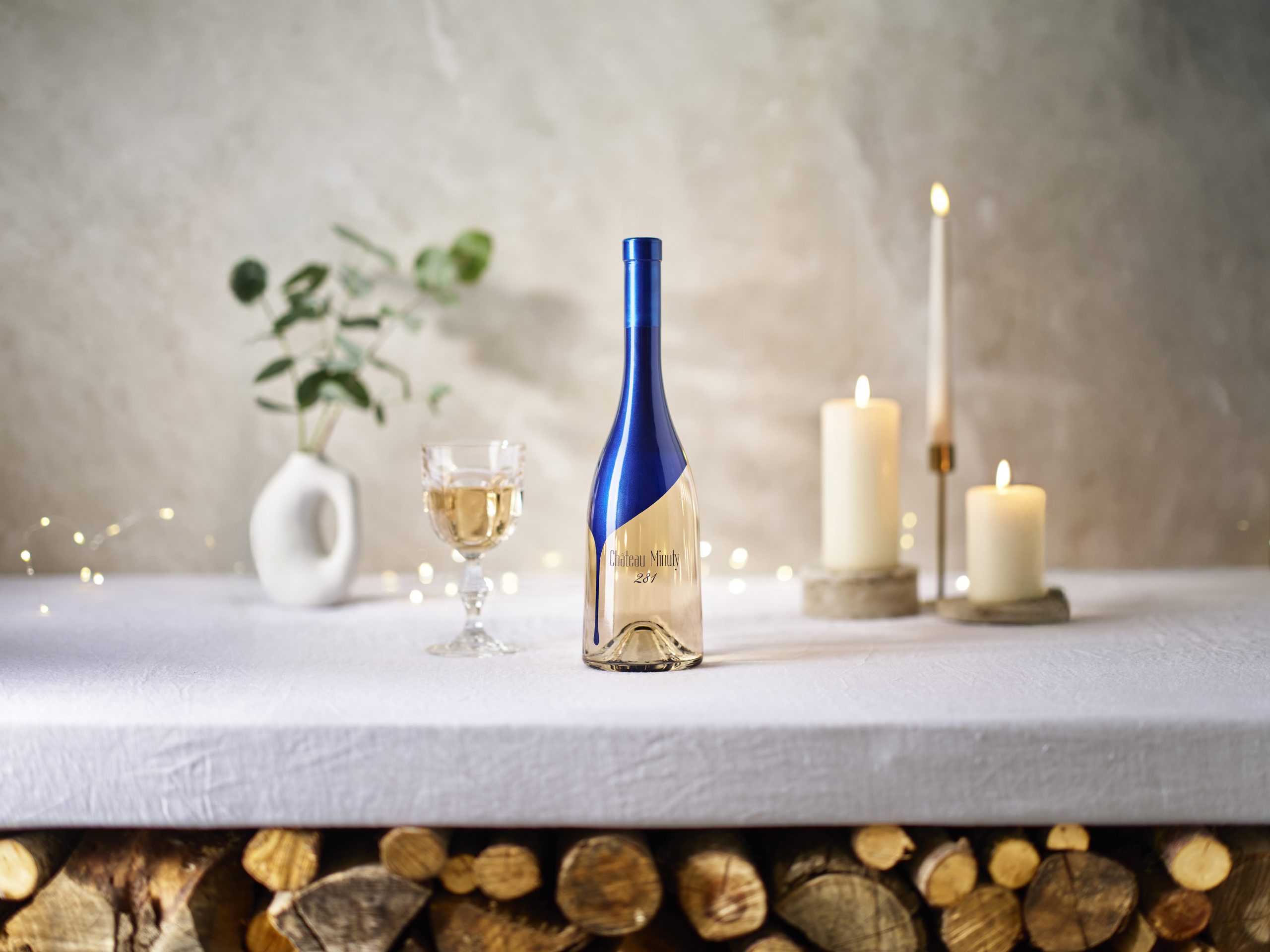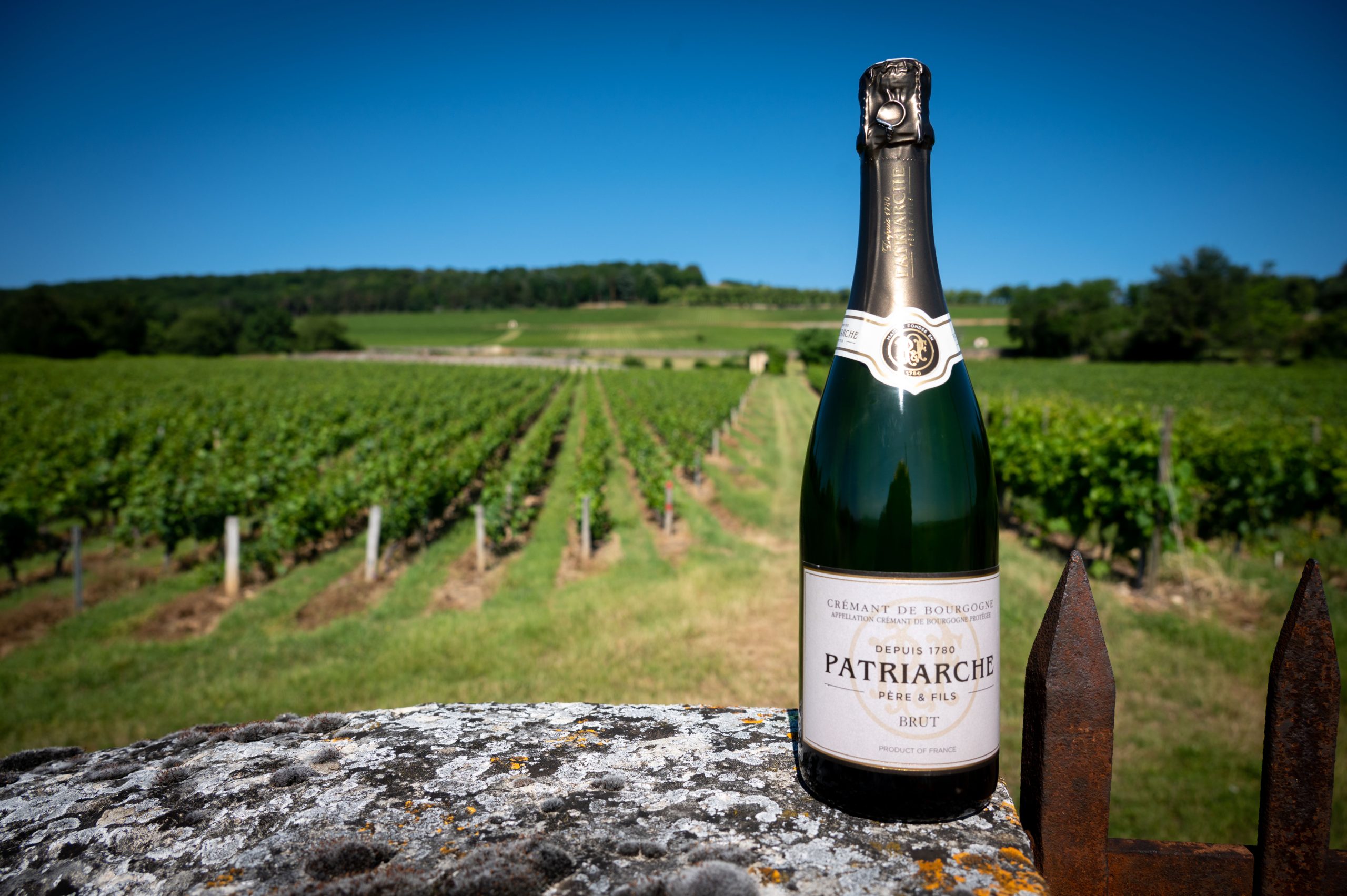Dal Forno Romano unveils ‘one of the great vintages of the century’
Dal Forno Romano, based in Val d’Illasi, Veneto, has offered a preview of its 2016 Valpolicella Superiore and Amarone della Valpolicella, a vintage it has chosen to hold back and release after its 2017s.

With this year also marking 40 years since its first harvest in 1983, Dal Forno Romano, part of Pol Roger Portfolio in the UK, will be releasing its 2016 Valpolicella Superiore later this week, and the 2016 Amarone della Valpolicella next year.
Speaking to the drinks business, CEO Marco Dal Forno, who inherited the winery from his father Romano, explained what makes a good vintage in the region: “A great vintage in Valpolicella occurs when the seasonal trend is balanced and the weather is favourable. These two factors ensure that the plants are not stressed and that the grapes are healthy. Lastly, decisive factors, which depend on human intervention, are the timeliness and care with which work is carried out in the vineyard. It is necessary to be able to read the vintage and also the vineyard well to ensure that work is carried out effectively and in the adequate proportion.”
“2016 will surely be remembered in the future as one of the great vintages of the century,” he continued. “There are two main reasons: the rainfall was neither too heavy nor too light, and the temperatures were never too extreme. We can therefore speak of a balanced vintage, which was reflected in the high quality of the grapes.”
However, it was by no means an ‘easy’ vintage, if such a thing ever exists, as Dal Forno explained: “In terms of quantity, we were affected by the terrible hailstorm on 19 May 2015, which left us with a limited production for 2016.”
Approximately 70% of Dal Forno Romano’s crop was destroyed by the 2015 hail.
“The quality level of the grapes, on the other hand, was excellent, albeit with some seasonal difficulties. The year began with a mild winter, with temperatures never dropping below 0°C. The vegetative recovery of the vines was therefore slightly early, but it immediately slowed down in May and June, when there was constant and generous rainfall. Together with February, May and June were the wettest months of the year. Temperatures also never exceeded 25°C, with most days remaining between 18 and 20°C. We had to wait until the end of June for temperatures to rise again. The unseasonably cold and humid weather was a harbinger of fungal attacks which threatened production.”
“Fortunately,” Dal Forno concluded of the 2016 vintage, “the summer season continued with adequate weather without excessive temperatures, but also without any lack of rain. The vineyard thus continued to develop without stress and the grapes reached optimum ripeness. All in all, the harvest was marked by good weather, sunny and airy, which allowed us to harvest the grapes in a perfect state of health.”
The company took the decision to release its 2017 vintage ahead of the 2016. Export manager Marco Pinna explained why the 2016 was held back: “The 2017 was much more ready, the expectation for 2016 is very high.”
2017 was marked by one of the hottest summers in Valpolicella in recent decades, a factor which has slightly reduced expectations for its quality compared to 2016. The belief that cooler vintages have greater ageing potential than warmer ones is becoming increasingly widespread in the wine world, with Barolo producer Sandrone sharing a similar view to the drinks business earlier this year.
Partner Content
All of Dal Forno Romano’s vineyards are guyot-trained in order to reduce yields, rather than being trained using the lower-planting density Pergola Veronese system that is more traditional to the region. Two green harvests are undertaken each year, with the second at the end of August, about a month before harvesting begins, in order to reduce the size of Corvina’s otherwise large bunches. Pinna said: “By working with lower yields, we can maintain stable quality.” Grape harvesting itself takes place from late September to late October.
While both the Amarone and Valpolicella Superiore are Corvina and Corvinone-led blends, with Rondinella, Croatina and Oseleta making up the remaining third, there are key differences in the winemaking. The crucial distinction is in the drying, or appassimento, a hallmark of the region. The grapes for the Valpolicella Superiore are dried on plastic for around 25 days (a practice Dal Forno Romano first undertook for the Valpolicella Superiore in 2003), whereas those for the Amarone dry for 75.
The fruit for the Amarone is also sourced from vines that are at least 10 years old, older than those harvested for the Valpolicella Superiore. Pinna noted that this distinction adds greater “concentration and flavour” (even before appassimento takes place) to the Amarone. He also explained that in “challenging vintages”, such as 2014 and 2007, an Amarone is not produced, with all the fruit that would have been used for it going into Valpolicella Superiore production, a factor which he claimed can elevate its quality significantly in those years.
One hallmark both wines have is a reductive, struck match quality, with the tanks being filled with Nitrogen to prevent oxidation. Both 2016s also spent about 24 months in barrique (70% French oak and 30% American for the Valpolicella Superiore, and 50% of each for the Amarone), before bottle ageing. The Valpolicella DOC regulations stipulate that a wine labelled ‘Superiore’ only needs a year of barrel ageing, whereas the Amarone della Valpolicella DOCG requires two years in oak, and four if labelled as ‘Riserva’. Pinna said that Dal Forno Romano waits six to seven years, most of which is bottle ageing, before releasing in order to allow the reductive character to soften.
Tasting notes for the Valpolicella Superiore include blueberry, blackberry, black cherry and chocolate, and for the Amarone there are similar qualities but in greater concentration (a consequence of the prolonged drying), and with a more prominent tertiary profile of tobacco and leather.
As for where these fine wines will be sold, Pinna revealed that the five key markets, in descending order, for Dal Forno Romano are: US, UK, China, Korea and Thailand (though the last two often switch places in the order, he shared).
The vintage just harvested has been a challenging one across Italy, from Sicily to Piemonte, due to climatic extremes, and Valpolicella also had its fair share of problems, as Dal Forno revealed: “The year 2023 was a challenging one, with fluctuating weather patterns that saw the succession of summer peaks of very high temperatures and rainy days, and this led to the outbreak of many diseases. Fortunately on our part, thanks to timely work both in the protection of the plants with agro-pharmaceuticals and the timeliness of the agronomic work, we managed to have a generous year in terms of production. That being said, the quality and quantity of this harvest have to be re-evaluated after the grapes have been pressed, as because of the excessive heat during the last crucial weeks we do not yet know how it influenced the fruit.”
Related reading:
Allegrini La Poja: a champion of Corvina
Why Masi is revamping Campofiorin
Related news
Castel Group leadership coup escalates
For the twelfth day of Christmas...
Zuccardi Valle de Uco: textured, unique and revolutionary wines




